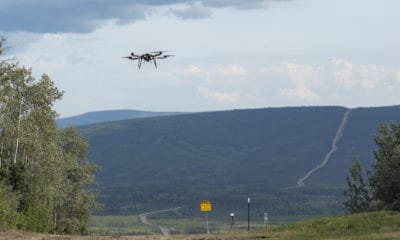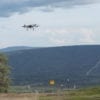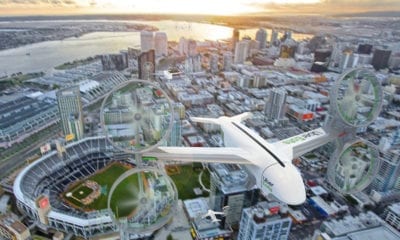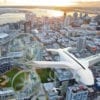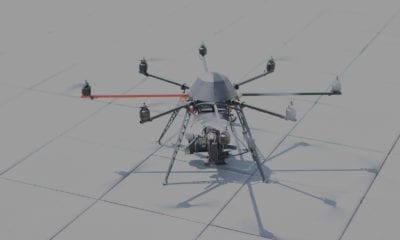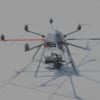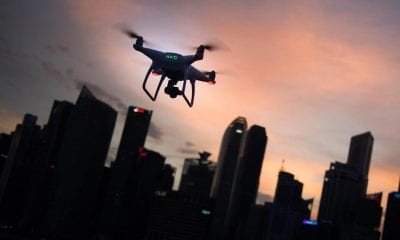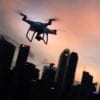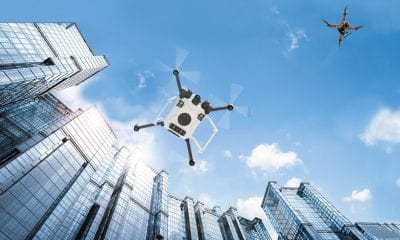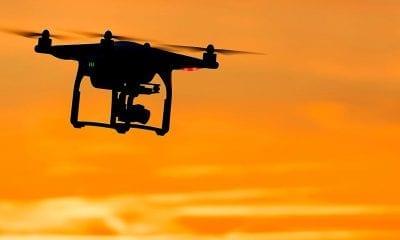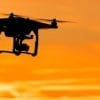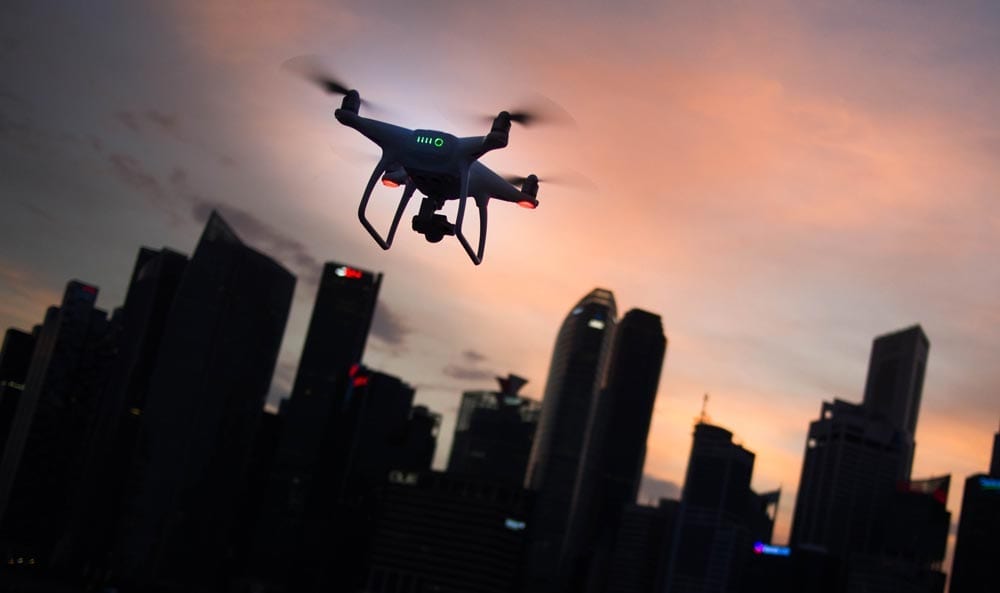
Policy
FAA Looks to Allow Drone Flights Over Crowds at Night
In a first, The US Department of Transportation has released proposed regulation that would allow routine drone flights above crowds at night. It’s all part of an effort to “further integrate drones safely into the national airspace system,” according to a webpage for the Federal Aviation Administration (FAA).
The FAA outlined draft rules Monday for drone operations by night without a special waiver from current rules:
- Drones less than 55 pounds would be permitted to fly over people provided they would not produce severe injuries on contact.
- Waivers for night flights would no longer be needed for operators who go through special training and put anti-collision lighting on their drones.
- Owners of national-security sites, amusements parks and other places can petition the FAA for a ban on drones near their properties.
- The drones must have “an anti-collision light illuminated and visible for at least three statute miles,” as well as for testing and training.
- The larger drones cannot have exposed rotating parts that could lacerate human skin and will not operate over people if they have any safety defects.
- Operations of the largest drones over any open-air assembly of people are prohibited.
- However, there will be discretionary waivers for operations over moving vehicles and over people that would not otherwise meet the standards outlined in its proposal and for those that do not meet its anti-collision lighting requirement.
Transportation Secretary Elaine Chao “This will help communities reap the considerable economic benefits of this growing industry and help our country remain a global technology leader. The department [of Transportation] is keenly aware that there are legitimate public concerns about drones concerning safety, security and privacy,” she said, adding, “and recent events overseas have underscored these concerns about the potential of drones to disrupt aviation and the national airspace.”
Seeking a balanced middle path in this commerce-versus-safety debate Chao said, “[the proposal] will be a major step forward in enabling the safe development, testing and deployment of drones in our country.”
In October 2017, the FAA granted the first waiver for unlimited flights of unmanned aerial vehicles over people to TV network CNN. In May, the FAA supported 10 drone companies like Zipline to make their way into the sky. President Donald Trump also allowed for expanded testing for flights over people, nighttime operations at far greater distances and with packages.
Keeping in view the advantages of drone operations in delivering medical supplies, inspect industrial sites and even transport people by air, Chao said the proposed regulations will be published in the Federal Register as soon as possible, and that will kick off a 60-day comment period in which “your feedback is welcome.” She said.
The FAA also announced that it is seeking inputs from the public and industry on devising the next wave of restrictions on drones, such as designing a specialized new air-traffic control system for them. It is drafting drone-identification and tracking requirements and efforts are underway to establish better standards for marking drones.



